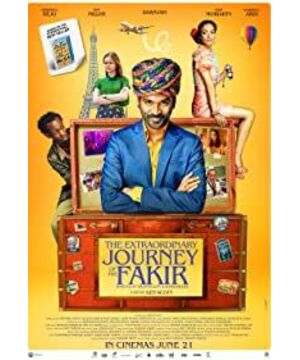I want to talk about tradition. The Indian tradition in this film is also very obvious-whether it is the poor ordinary alleys or the worship of the sacred cow, you can see a typical Indian context. India is a country where hundreds of languages are still in use today. Compared to India, what is our Chinese tradition? As a scenic spot, the first thing we think of is the Badaling Great Wall in the Great Wall of China, and the first thing we think of is the Tiananmen Square in Beijing, the Forbidden City, the Terracotta Warriors and Horses in Xi’an, and the gardens of Suzhou. These scenic spots are naturally good to be used as a representative of Chinese tradition-but I can't help but have a doubt: this is architecture, of course, architecture can be said to be a living fossil of history, but architecture is really the most direct expression of cultural spirit The carrier? Maybe it is, maybe not. Culture, cultural tradition, and cultural tradition spirit may still be judged by Mr. Yu Qiuyu’s phrase "the spiritual value and lifestyle that has become a habit". What behaviors do we have exactly the same as our ancestors? And what ways of thinking are exactly the same as the ancestors?
View more about The Extraordinary Journey of the Fakir reviews











